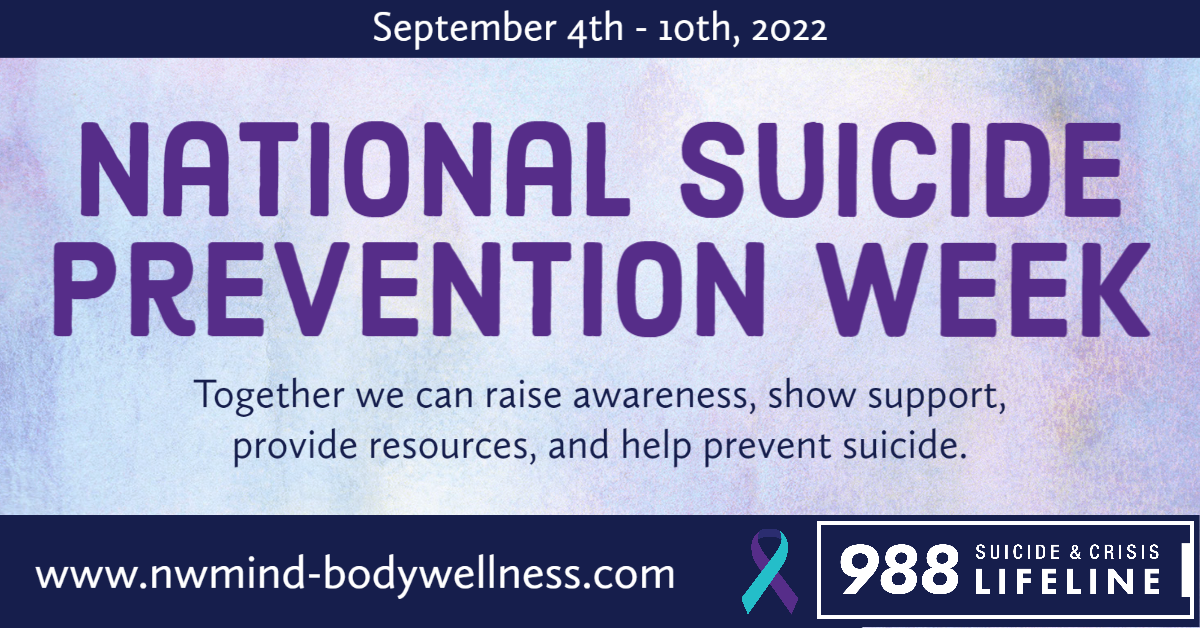Practicing Self-Care
Practicing self-care is essential to maintaining a healthy mind and body. Oftentimes our busy schedules get in the way of even basic self-care acts. However, it is important to make time for these activities in order to better your overall wellness.
There are an infinite number of ways to practice self-care. With an individual’s differing needs and wants, it is important to recognize that people may enjoy varying ways of self-care. To discover what forms work best for you, we recommend trying various self-care strategies to help you see what you enjoy most.
The following list consists of various ways that you can practice self-care for mind and body health.

Get Enough Sleep
Sleep is essential to the health of one’s mind and body. Without enough sleep, it can be hard to think and feel motivated throughout the day. The CDC recommends that adults aged 18-60 get at least 7 hours of sleep each night. To help reach this goal, we suggest creating a sleep schedule, avoiding energizing activities in the evening, and making your sleeping environment comfortable.

Eat Nutrient-Dense foods
Eating nutrient-dense foods helps promote better physical health, but it can also improve the health of your mind. The National Institute of Mental Health recommends eating a healthy, balanced diet and staying hydrated to help you think clearly and feel energized.

Get Physical
Physical activity can improve the health of your body as well as your mind. It is important to note that no form of exercise is too small. Each step helps you work towards a healthier self.

Recognize Stressors
To help avoid stress, it is important to recognize what triggers it. Although many stressors may be unavoidable, others may be easier to avoid. Try to eliminate any unnecessary stressors from your life.

Change Your Mindset
It is hard to find happiness when focusing on the negatives in life. Try to look for the best in situations. On days that are especially challenging mentally, try to find or create one positive from the day.

Meditate
Meditation can help clear one’s mind and create a sense of balance. The are various methods of meditation, many of which may take some practice before their true benefit can be realized. Like all self-care, it is important to note that everyone has their own preference on what type of meditation they find most beneficial.

Spend Time Outside
Spending time outdoors can be very relaxing and grounding. In an increasing technology dependent world, you may find yourself not spending much time outside. We suggest spending time outside, even if only for short periods. With the fresh air and presence of nature, many find that their mindset improves after spending time outdoors.

Create Boundaries
It is okay to create boundaries and say “no” to others. Between work and personal life, many find that they are constantly saying “yes” to things they don’t want to be doing. It is important to learn these boundaries for yourself, and recognize that it is okay to say “no” to protect your own mental health.

Take Time for Yourself and What Makes You Happy
Everyone deserves time to focus on what brings them joy. By doing something you love, you can help relieve stress and feel happier. Whether you enjoy reading, hiking, watching sports, or anything else, your happiness matters. Make time in your schedule to focus on the things you love.
Finding TREATMENT AND RESOURCES
- To learn more about self-care, we recommend contacting your healthcare provider.
- To read more about practicing self-care, the following resources are suggested:
- Mental Health America: https://mhanational.org/taking-good-care-yourself
- National Institute of Mental Health: https://www.nimh.nih.gov/health/topics/caring-for-your-mental-health
Return to home page: https://nwmind-bodywellness.com/
Read more articles: https://nwmind-bodywellness.com/articles/













